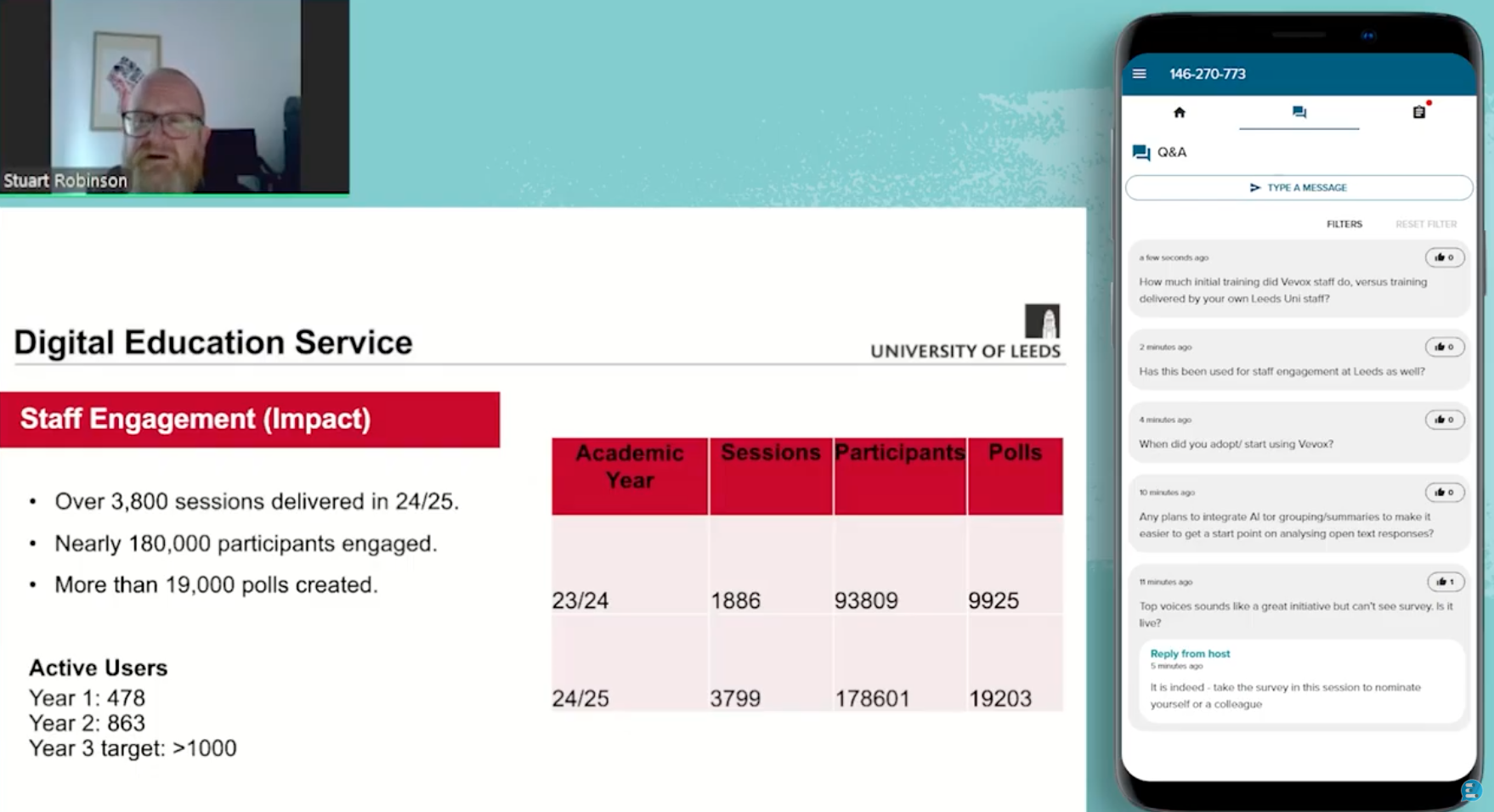"Employee engagement is a workplace approach resulting in the right conditions for all members of an organisation to give their best each day, committed to their organisation’s goals and values, motivated to contribute to organisational success, with an enhanced sense of their own well-being" - Engage For Success.
Employee engagement is an ongoing hot topic and organisations are investing more and more in to strategies to improve staff engagement and boosting their workforce morale.
In trying to please all party’s it's easy for employers to feel overwhelmed with differing strategies to succeed at employee engagement and improving the working environment. In this blog, we look at the three main benefits that managers should prioritise for maximum employee engagement and satisfaction. Eyes on the prize...
1. Camaraderie
A greater sense of well-being and a positive atmosphere can make a real difference to how your workforce is performing. A team that is happy and collaborating well will be more efficient at bigger tasks as well as in their day to day routines. Engaged employees are likely to be more motivated to achieve their targets. A positive and collaborative approach to work also reinforces the message that every individual effort makes a difference. Encouraging peer-to-peer recognition and group discussions strengthens work relationships and morale. As they say, 'teamwork makes the dream work'.
2. Increased Productivity
Addressing issues quickly within a company and getting regular employee feedback will help staff to be more productive. Neglecting staff and ignoring issues in the workplace is counterproductive as it causes apathy, a lack of purpose and can lead to anger if left to fester. This kind of negative atmosphere could also have a domino effect and cause other staff members to feel demotivated and unappreciated, influencing the whole team’s productivity. Increased productivity means that your employees will be committed and are more likely to make an extra effort if they feel that their voice is being heard and they are appreciated.
3. Employee Retention and Loyalty
If employees start to become disengaged and feel unsupported by their company, they start to question if it is time to find a new workplace. An engaged workforce is more likely to be a loyal one and will be integral to the success of the business. Therefore, by concentrating on employee retention and motivating your staff, this will help lower your employee turnover rate and any associated costs related to recruitment. The X model of employee engagement (which is explained in the video below) shows a suggested approach for organisations to follow to maximise employee engagement, satisfaction and employee output.
Conclusion
Download our guide on 5 killer questions for employee comms meetings.





